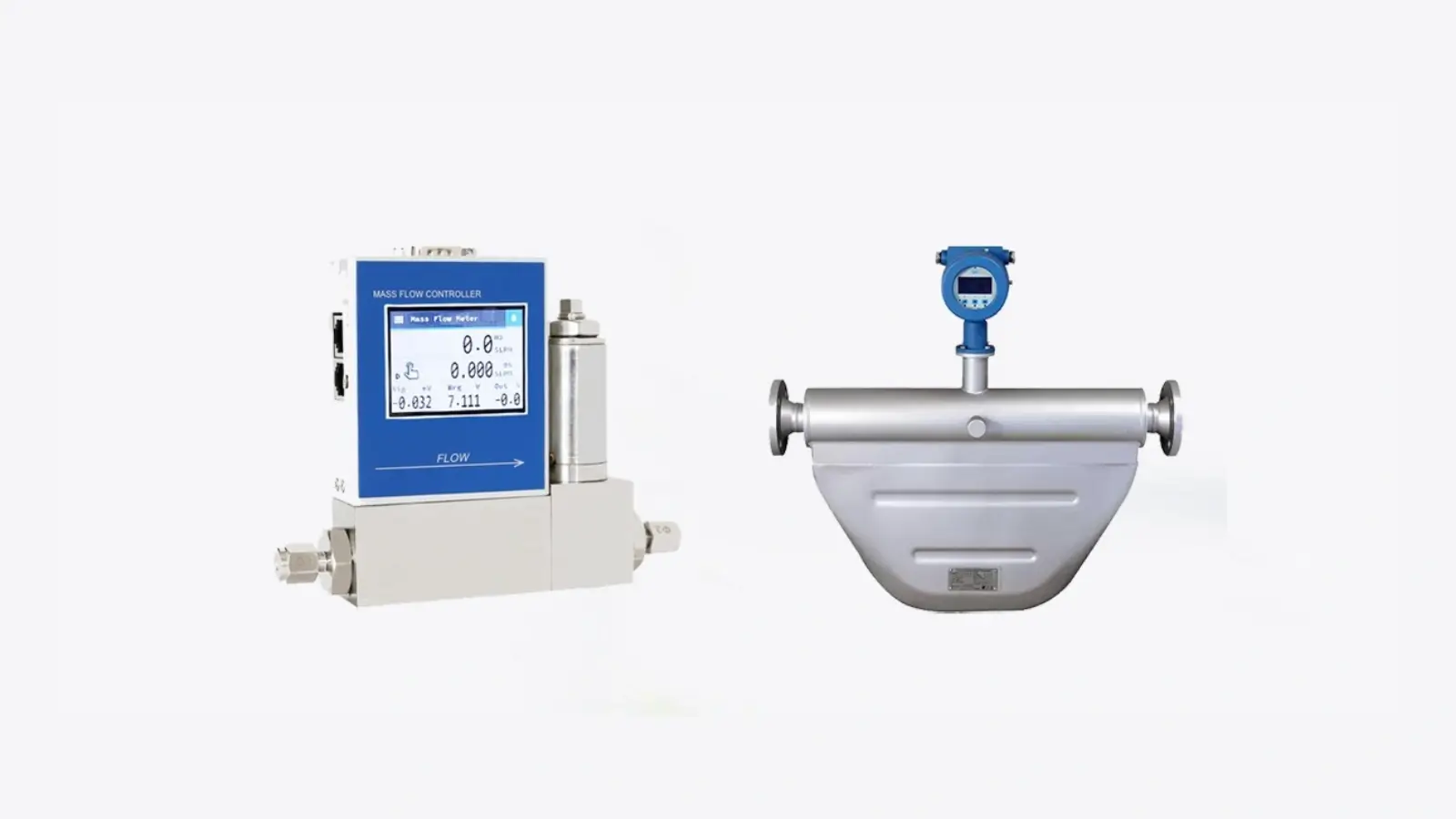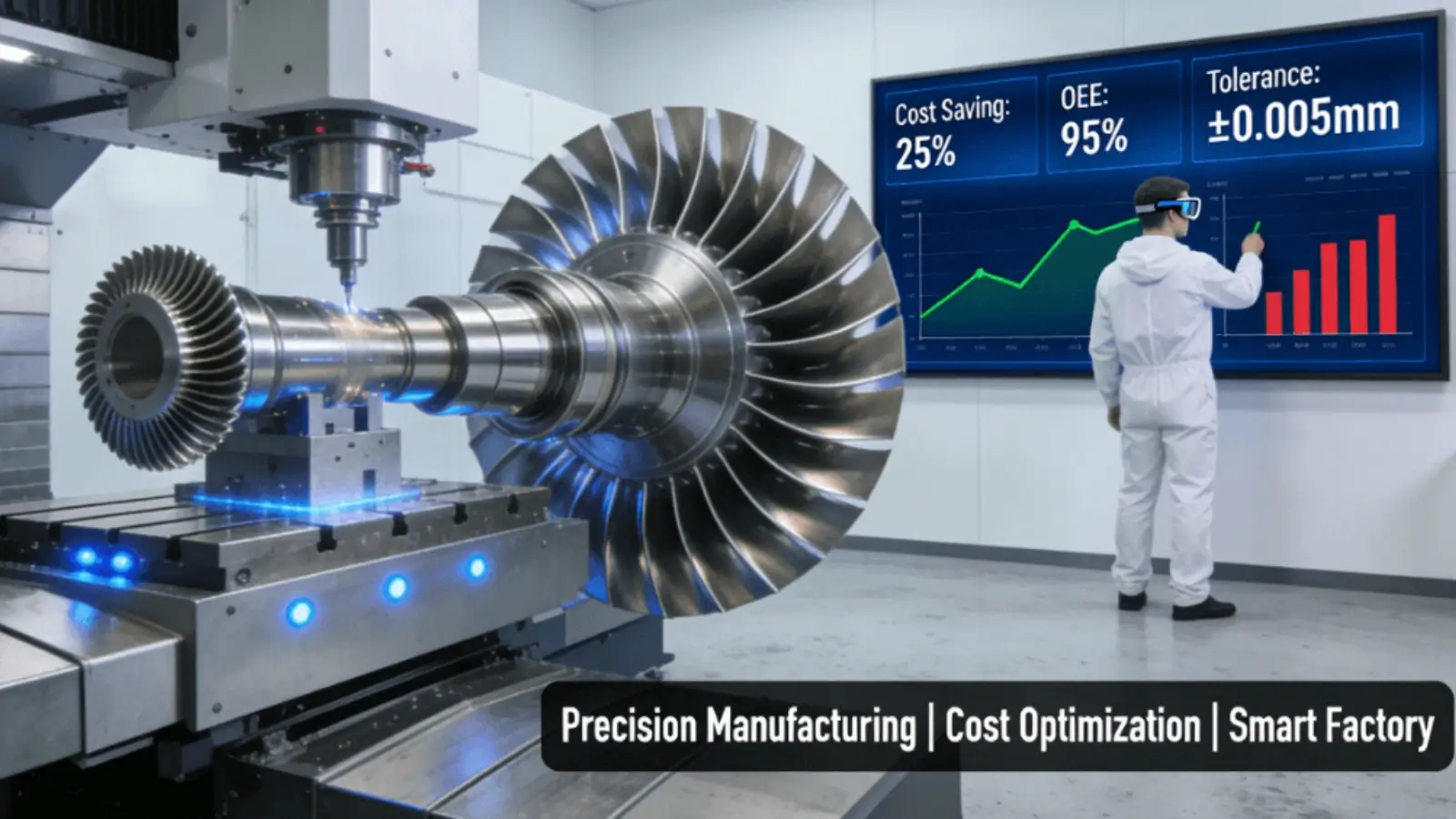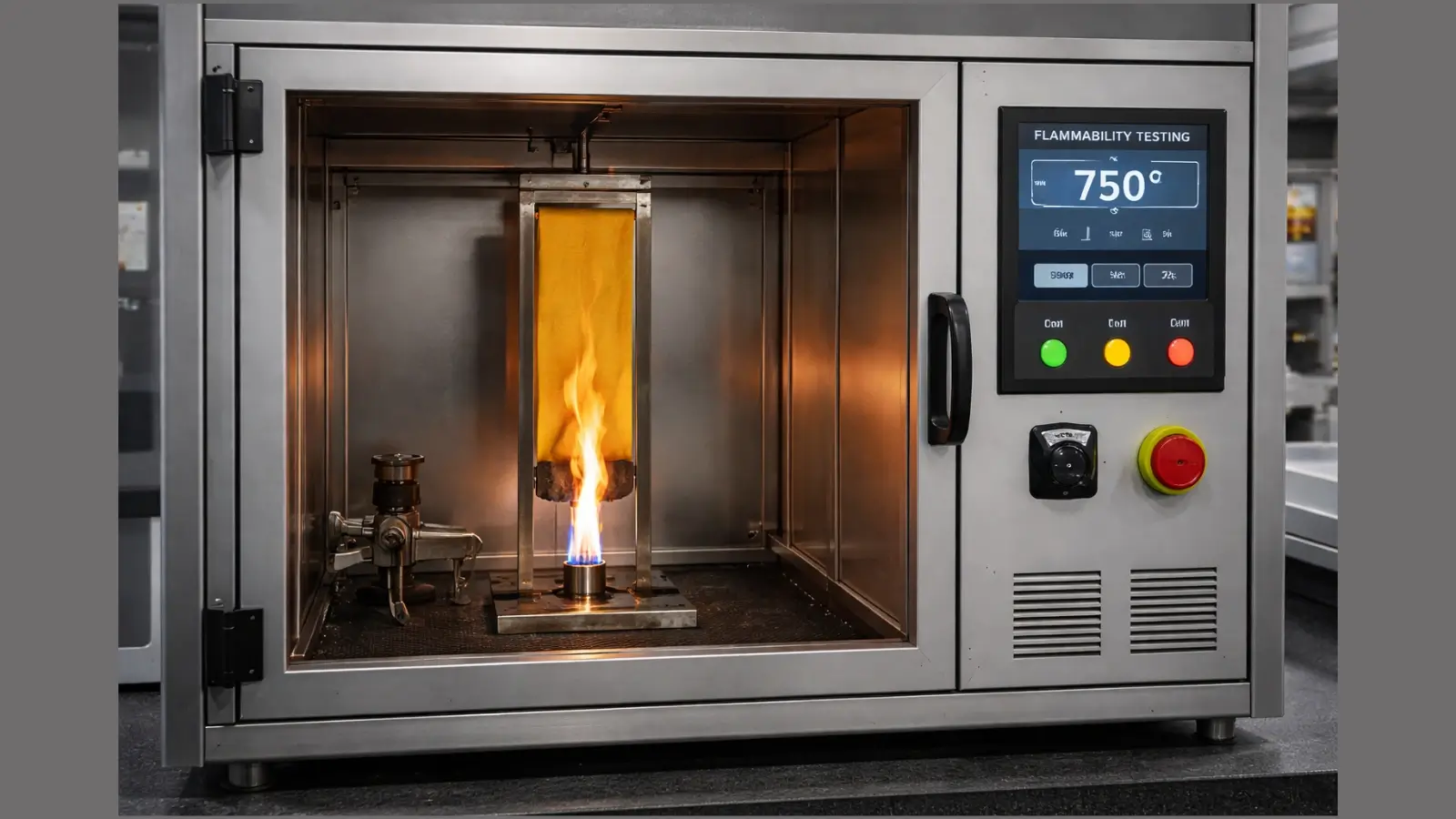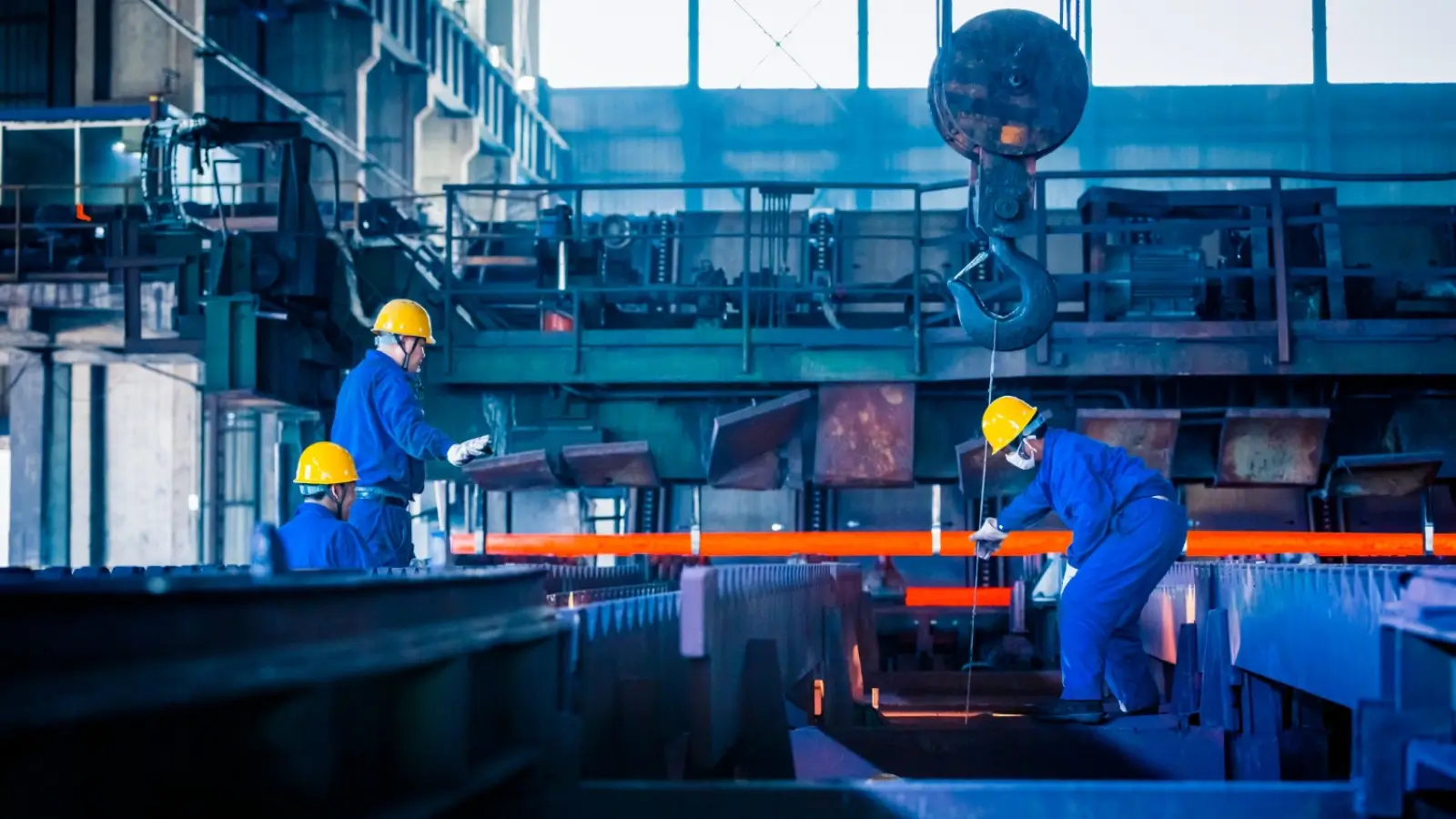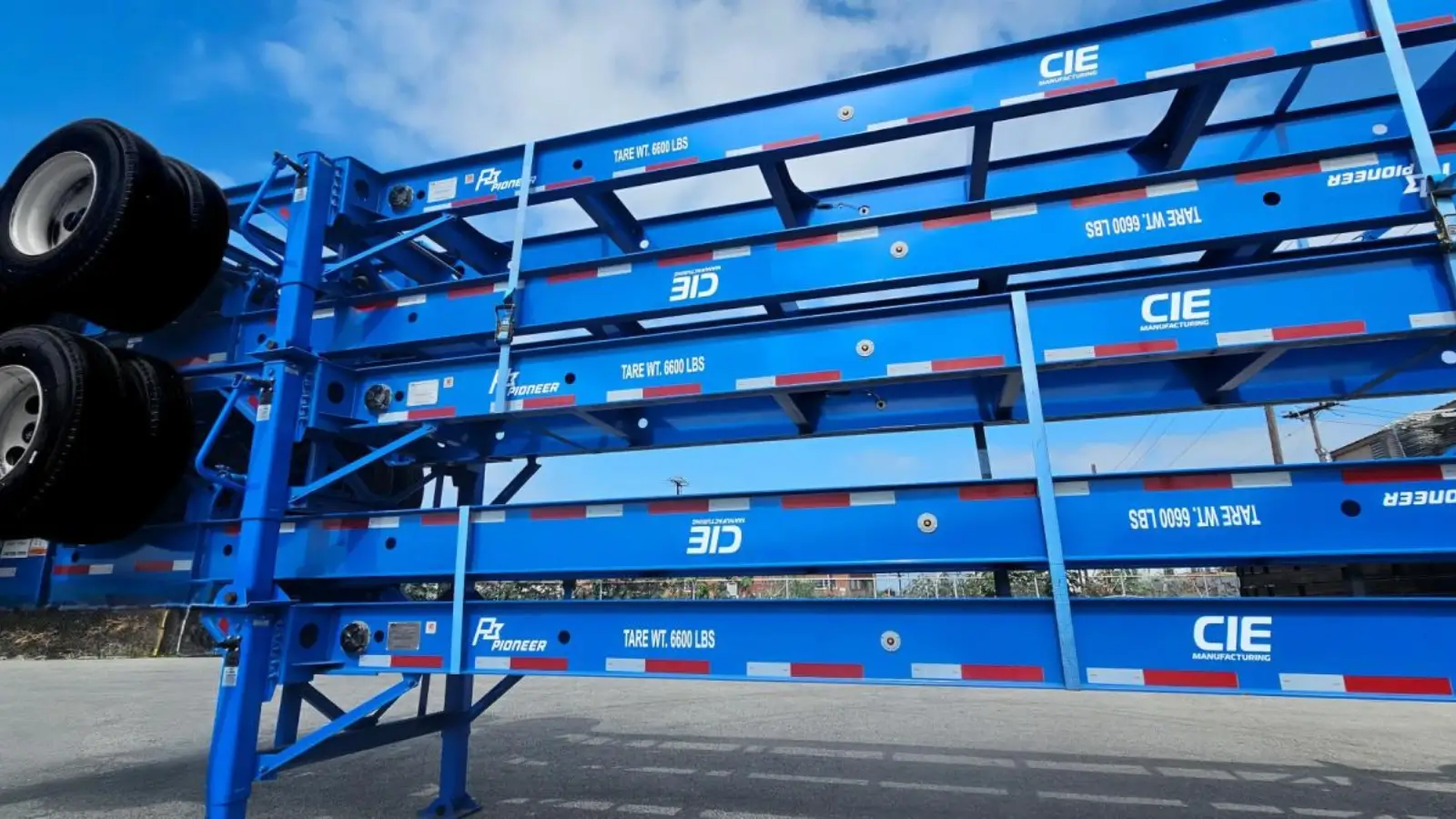In today’s fast-moving manufacturing world, efficiency is no longer just a nice bonus. It’s essential for survival. Customers expect faster delivery times and higher quality than ever before, leaving little room for error. Every delay or defect can cost you valuable business and damage your reputation. Whether you’re producing automotive parts, electronics, or everyday goods, your ability to deliver high-quality products on time and at a competitive cost sets you apart. But achieving this level of performance is not always easy. With so many variables, from supply chain issues to workforce changes, manufacturers need reliable systems that keep operations running smoothly.
That’s where standardization comes in. Standardization helps manufacturers create predictable, repeatable processes that reduce errors, speed up production, and cut waste. It takes the guesswork out of daily operations and gives teams clear expectations to follow. The result? A more efficient, consistent, and productive workplace. Let’s start by looking at one of the most effective tools that support standardization: clear work guidance.
Clear Work Guidance: The Foundation of Standardization
One of the simplest and most practical ways to standardize manufacturing tasks is by giving employees clear, easy-to-follow instructions. When team members know exactly how to perform a task the right way, every time, it reduces confusion and helps keep production moving at a steady pace. One valuable tool for this is using well-designed work instructions. These step-by-step guides provide detailed directions that employees can follow, helping ensure consistency across shifts and teams. They not only reduce mistakes but also make it easier to train new staff and maintain quality standards, even as processes evolve. By incorporating clear instructions into daily operations, manufacturers create a solid foundation for efficiency and continuous improvement.
Standardization Reduces Variability
Variability is one of the biggest obstacles to efficiency in manufacturing. When tasks are done differently by different workers, or even by the same worker at different times, the result can be inconsistent. This kind of variability often leads to defects, rework, or wasted materials, all of which slow down production and drive up costs. Standardization helps eliminate this problem by ensuring that everyone follows the same procedures and uses the same methods to complete a task. When processes are consistent, products are consistent too. It not only keeps customers happy but also helps maintain a smooth, reliable workflow on the production floor.
Faster Training and Onboarding
Bringing new employees up to speed can take a lot of time, especially in complex manufacturing environments. But when you have standardized processes in place, training becomes much easier. Clear guidelines, procedures, and instructions help new team members learn tasks more quickly and with greater confidence. They don’t have to rely on guesswork or informal tips from coworkers. They can follow proven steps that have already been tested and refined. It means less downtime during onboarding and fewer errors as employees get settled into their roles. In turn, this supports higher productivity and a smoother transition when staff changes happen.
Better Use of Technology and Automation
Modern manufacturing often relies on technology and automation to achieve high levels of efficiency. But automation only works well when the processes feeding into it are standardized. Machines, robots, and digital systems are designed to perform tasks consistently. They need clear, repeatable inputs to function properly. When manufacturers have standardized their manual processes, it’s much easier to integrate automation and ensure it works as intended. Standardization helps you get the most out of your technology investments because your equipment is operating within well-defined parameters that minimize errors and downtime.
Supports Continuous Improvement
Standardization doesn’t mean your processes are set in stone. In fact, having standardized processes actually makes it easier to improve them over time. When everyone is following the same steps, it’s easier to see what’s working and what’s not. It allows managers and teams to identify bottlenecks, inefficiencies, or areas where new tools or methods could make a positive difference. Because the starting point is consistent, it’s much easier to measure the impact of any changes and fine-tune processes for better results. Continuous improvement becomes a natural part of the workflow, rather than a disruptive or confusing challenge.
Another advantage of standardization is that it encourages feedback and collaboration. When employees understand the standard processes, they can more easily contribute ideas for how to make those processes better. It helps create a workplace culture where improvement is everyone’s responsibility, not just management’s. It also makes it simpler to apply changes across multiple shifts or locations, because updates to standardized procedures can be shared and implemented consistently. In the long run, this leads to stronger teams and a more flexible, resilient operation.
Standardization Improves Communication
Clear communication is key to keeping manufacturing operations running smoothly. Standardization supports this by making sure everyone is on the same page, no matter their role or shift. When procedures and expectations are clear, there’s less room for misunderstanding or mistakes. Workers know exactly what’s expected of them, and managers have a reliable framework to monitor performance and provide support. The shared understanding helps teams work together more effectively, reduces friction, and ensures that problems can be addressed quickly when they arise. It also makes it easier to coordinate across multiple locations or teams, since everyone is following the same standards.
Efficiency in manufacturing doesn’t happen by accident. It takes planning, effort, and the right tools to create processes that work smoothly day after day. Standardization is one of the most powerful ways to achieve this. By reducing variability, speeding up training, supporting automation, improving communication, and laying the groundwork for continuous improvement, standardization helps manufacturers build stronger, more productive operations.
If you’re looking to make your manufacturing processes more efficient, start by examining how tasks are performed today. Look for areas where clear guidance could help create consistency and reduce errors. Small changes can have a big impact, leading to better quality, faster production, and a less stressful work environment for everyone involved. In the end, standardization isn’t just about following rules. It’s about creating a foundation for lasting success in modern manufacturing.










